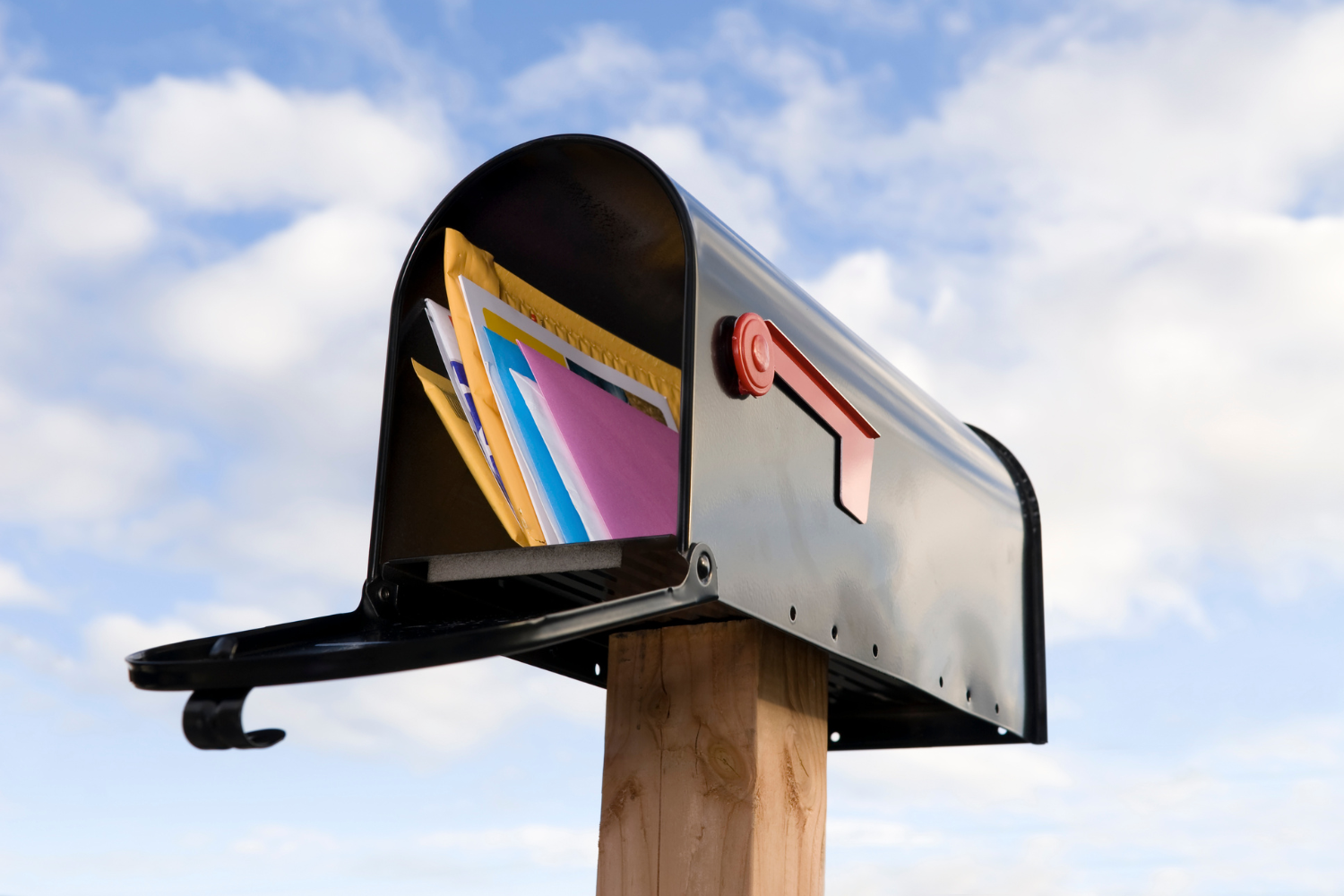Understand key steps to identify and defend against USPS brushing and related scams effectively.

USPS brushing scams involve receiving unsolicited packages meant to boost seller ratings or facilitate identity theft. These scams often go unnoticed, but recognizing the signs and adopting preventative measures can safeguard your personal information and financial accounts. By staying vigilant about deliveries, monitoring your online activity, and reporting suspicious packages, you can reduce the risk of falling victim to package delivery fraud. Trusted sources like the FTC and USPS offer guidance to help protect consumers from these deceptive tactics.
1. Monitor your online purchase history regularly for unfamiliar orders.

Regularly reviewing your online purchase history can uncover unfamiliar orders tied to scams. Prompt identification of orders not placed ensures early detection. Emerging from the convenience of online shopping, brushing scams use fake orders sent to your address to boost seller ratings.
Unfamiliar parcels arriving without your request signal potential attempts to exploit your identity. Scammers rely on unnoticed packages to manipulate sales metrics. Recognizing odd transactions early prevents complications. Staying vigilant helps maintain control over your online and financial security in this digital age.
2. Secure your mailbox with a lock to prevent unauthorized access.

A locked mailbox adds a secure layer against unauthorized mail access. Preventing unwanted hands from accessing your deliveries, a sturdy lock on your mailbox can thwart thefts and safeguard personal information. Insecure boxes invite unwelcome interest and increase risk.
Unauthorized access to mail can lead to identity theft or fraud. A lock discourages meddling and secures your correspondence. Even a simple lock can make a significant difference, reducing exposure to risks associated with stolen mail. Protecting physical access to correspondence reinforces overall security.
3. Use package tracking features to stay informed about deliveries.

Package tracking features keep you informed of delivery statuses in real time. Utilizing these tools lets you monitor your parcels’ movements from warehouse to doorstep, ensuring nothing goes amiss. Active tracking is vital for peace of mind in anticipation of online orders.
Alerts about deliveries minimize surprises and aid in spotting unauthorized shipments. Staying aware reduces the chance of accepting unsolicited packages linked to fraudulent schemes. Embracing tracking technology fosters a proactive approach to your deliveries, aligning with a broader commitment to personal security.
4. Report suspicious packages or activity promptly to your local postal service.

Promptly reporting suspicious packages to your local postal service limits potential risks. It’s vital for preventing scams like brushing, where scammers send unrequested packages to deceive retailers’ rating systems. Speedy action helps authorities address fraudulent activities swiftly and effectively.
Notifying the postal service shields you from broader implications, such as identity theft or data misuse. The extra vigilance entails recording details of suspect packages—it helps tracing scams back to their origins. Through immediate reporting, individuals contribute to broader fraud prevention efforts.
5. Avoid sharing personal information on unverified websites and platforms.

Avoiding personal information sharing on unverified sites protects against malicious use. Cybercriminals often exploit unsecured platforms to harvest data for identity theft. Secure sites, recognized by trusted encryption indicators, limit exposure to potential fraud linked with careless information handling.
Exchanging sensitive details only on reputable platforms maintains privacy and integrity. Information once leaked can have far-reaching effects, jeopardizing financial and personal details. Emphasizing consent and security measures strengthens resilience against online risks, reinforcing safe digital conduct.
6. Opt for in-person pickup when available to reduce delivery risks.

Choosing in-person pickup minimizes package risks linked to doorstep deliveries. Collecting parcels directly from stores or lockers curtails the chance of theft or misdelivery. Reducing dependence on home delivery ensures greater control over when and how packages are retrieved.
Foregoing convenience in favor of security, in-person options combat threats associated with unattended deliveries. Secure collection points mitigate losses and safeguard your purchases. Adopting this practice supports a broader strategy of risk reduction, valuing possession certainty over maximum ease.
7. Install security cameras around your delivery area for added protection.

Installing security cameras enhances the oversight of your delivery areas, deterring malfeasance. Visible cameras not only deter criminal activity but also provide evidence for resolution in case of theft. They serve as vigilant watchers in your absence, fortifying security.
Enhanced surveillance discourages potential wrongdoers from approaching, recognizing the reduced likelihood of unscrupulous acts going unnoticed. Whether viewing real-time feeds or reviewing footage, cameras reinforce safety measures around entrances. Comprehensive monitoring contributes to overall peace of mind regarding outdoor security.
8. Stay informed about common scam tactics through trusted consumer resources.

Staying informed about scam tactics through trusted resources equips you to recognize and avoid risks. Knowledge about current fraud methodologies empowers consumers, enhancing adaptive responses. Reliable consumer advocacy services offer detailed insights into scam prevention and safety practices.
Accessing updated information sharpens awareness, aligning actions with informed decisions. Understanding prevalent tactics lessens vulnerability. A proactive approach to learning, coupled with vigilance, strengthens defenses against a range of fraudulent schemes, fostering a safer consumer environment.
